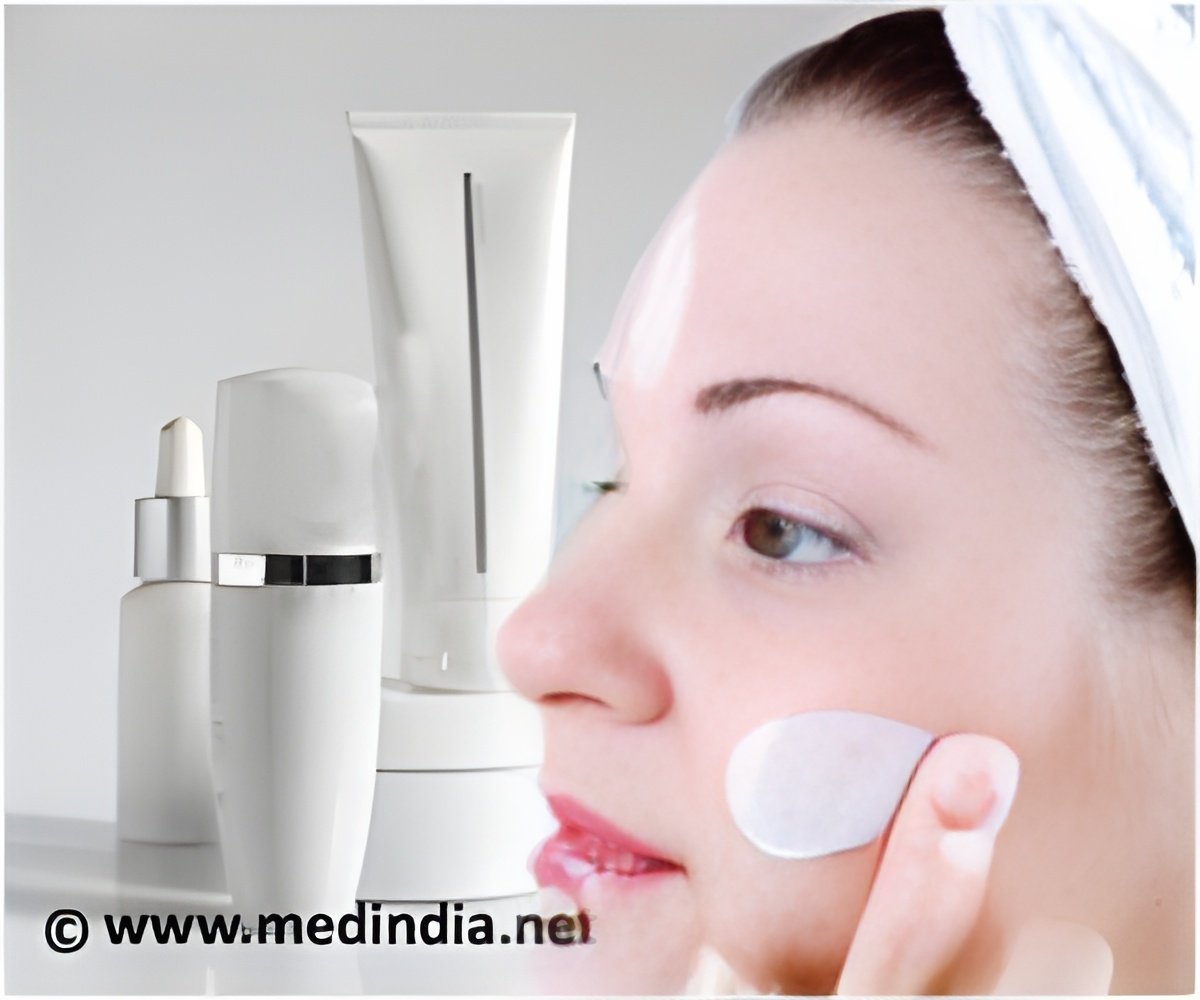
Nanoparticles containing chitosan have been shown to have effective antimicrobial activity against Staphylococcus saprophyticus and Escherichia coli.
The antimicrobial activity of Chitosan is well known and has been exploited in dentistry to prevent caries and as preservative applications in food packaging. It has even been tested as an additive for antimicrobial textiles used in clothing for healthcare and other workers.
Mihaela Leonida of Fairleigh Dickinson University, in Teaneck, New Jersey and colleagues made their chitosan nanoparticles (CNP) using an ionic gelation process with sodium tripolyphosphate.
This process involves the formation of bonds between polymers strands, a so-called cross-linking process. Conducted in these conditions it precludes the need for complex preparative chemistry or toxic solvents.
CNP can also be made in the presence of copper and silver ions, known antimicrobial agents. The researchers' preliminary tests showed the composite materials to have enhanced activity against two representative types of bacteria.
Advertisement
The team has also demonstrated that the CNP have skin regenerative properties in tests on skin cell fibroblasts and keratinocytes, in the laboratory, which might even have implications for anti-aging skin care products.
Advertisement
Source-ANI













